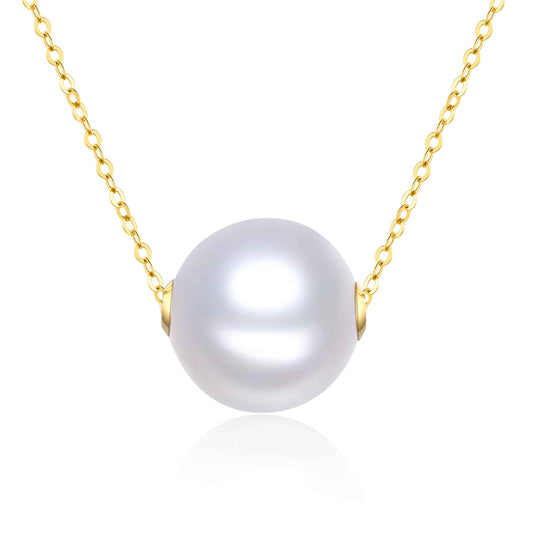
Amelia Earhart: A Pearl in the Aviation World
Share
In the face of adversity, she kept a bigger goal in mind and forged ahead with courage.
We often fear that danger or adversity may sink us or prevent us from reaching our full potential. But pearls teach us that the opposite is true. Oysters work for months to fix a big problem in the safety of their tiny shell: a grain of sand or an implanted bead. The outcome could be fatal, but more often, it is a pearl. We believe that people are like oysters, and that hard times can help us channel our energies in such a way that we leave our own pearlescent legacy. In honor of this unique human quality, we have started a series to look at some of the women who have lived their lives like pearls. This is the second part of the Living like a Pearl series. Find the first story here.
---------
Amelia Earhart wanted to be free.
Most have interpreted her words to refer to the sensation of flying. She was adventurous from a young age – her first ‘flight’ was in a ‘sled’ off the roof of their home’s toolshed. The box broke, she bruised her lip and tore her dress, but she said it was exhilarating, and ‘It’s just like flying!’
This trailblazing aviator, famous for being the first female pilot to undertake a solo transatlantic flight, appeared to have life easy. She came from a loving home in Atchison, Arkansas, where her maternal grandmother played a big role in her life. Her family had money. She grew into a tall, beautiful woman who made money endorsing clothing and luggage brands. She published a book about her flying experience.
But when you examine Earhart’s life, it becomes apparent she was trying to break free from more than just gravity.
On the day of her marriage to George Putnam, who was also her publisher, she sent him a letter, saying: “I want you to understand I shall not hold you to any midaevil [sic] code of faithfulness to me nor shall I consider myself bound to you similarly. I may have to keep someplace where I can go to be by myself, now and then, for I cannot guarantee to endure at all times the confinement of even an attractive cage."
Born in 1897, women were expected to get married, stay home, and raise children. It cannot be easy if you then find yourself wanting to be a pilot.
The first time she did a transatlantic flight, she was an assistant to a male pilot. She said: “He did all the flying–had to. I was just baggage, like a sack of potatoes… Maybe someday I’ll try it alone.”
On the day she did try it alone, she was 34 years old. She set off from Harbour Grace, Newfoundland, and aimed for Paris in her single-engine Lockheed Vega 5B aircraft. She encountered strong winds, icy weather, and mechanical problems. But almost 15 hours later she landed in a pasture at Culmore in Northern Ireland. A farmhand, perhaps stunned at the sudden appearance of an aircraft in the field he was tending to, asked: “Have you flown far?” One can’t help imagining her ripping off her aviator glasses and cap, her hair blowing in the wind and a wide smile on her face when she replied: “From America.”
For various reasons, Earhart’s path to becoming a pilot was not a straight one. She worked as a nurse, a photographer, a social worker, and a teacher. At one point, her money ran out and she had to sell her plane. She suffered debilitating sinus infections. But she did not allow these setbacks to stop her.
Her final flight was to be attempting one of her biggest dreams: circumnavigating the globe. She and her navigator, Fred Noonan, disappeared on 2 July 1937, just three weeks before her 40th birthday. They were in search of a tiny island in the Pacific Ocean, which was to serve as a pitstop. Despite radio signals indicating they were close, they never reached it. No-one ever saw them or the plane again.
She is known to have said: “The most difficult thing is the decision to act. The rest is merely tenacity. The fears are paper tigers. You can do anything you decide to do. You can act to change and control your life and the procedure. The process is its own reward.”
Today she is seen as an aviation pioneer and instrumental in the formation of the Ninety-Nines, an organization for female pilots. She received the United States Distinguished Flying Cross and served as a career counselor to female students at Purdue University, as well as an advisor to aeronautical engineering.
In the face of danger or fear, Amelia Earhart forged ahead with courage, turning her life into a pearl.
We leave you with this quote from her: “Courage is the price that life exacts for granting peace, the soul that knows it not, knows no release from little things.”



